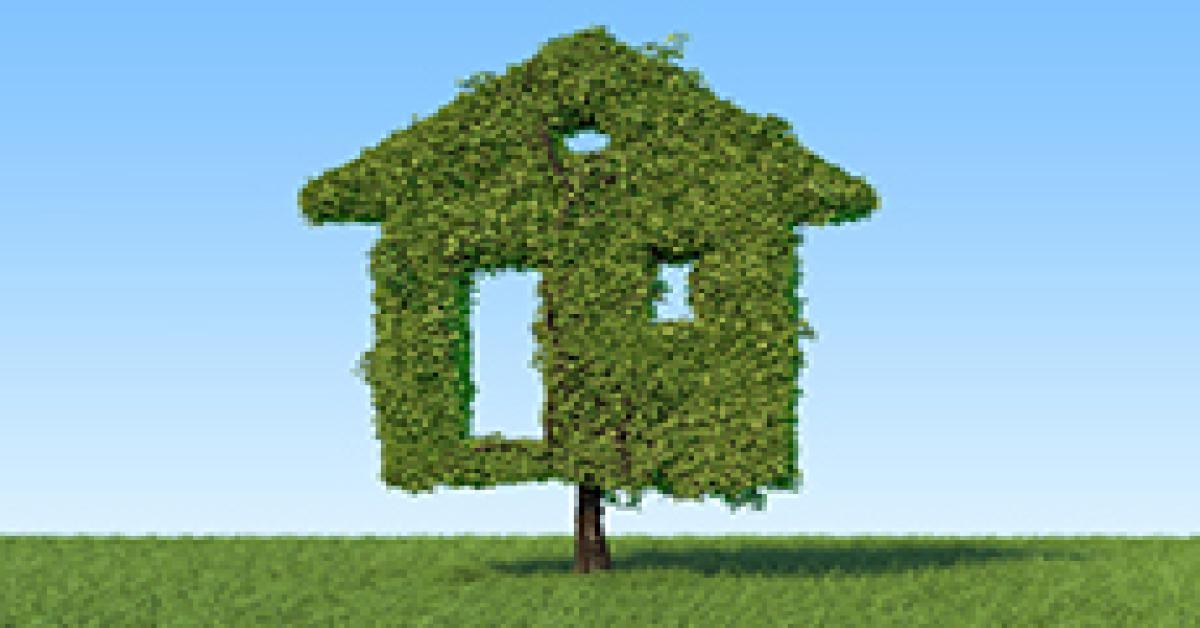

Blog: Energy efficiency & VAT - the case for zero rating
Creating a greener future poses a lot of fundamental, sometimes existential, questions. A great many of these relate to how we construct, retrofit, and use residential property. It can be difficult to arrive at practical answers, but some should be relatively easy to answer. For instance:
- What is better for the environment. Demolishing existing homes, sending their constituent parts to landfill, and replacing them with newly constructed houses and flats or retrofitting the existing structures to perform to modern standards?
I would suggest that the environmental impact of the tons of concrete required for a new-build alone would make opting for retrofit (where possible) a far greener option – not to mention the fact that it preserves much needed housing, a sense of community established over decades, and an element of our national heritage. It seems a ‘no-brainer’ to encourage retrofit whilst building to meet housing need.
Why then is the practice of ‘demolish and rebuild’ encouraged by the tax system? The answer, or at least one of them, appears to be VAT.
Not all building work is equal in the eyes of the taxman
If an investor acquires a property in need of significant retrofit, any work they undertake to bring it up to a higher EPC rating will be chargeable at the standard rate of VAT (20%). Material and labour will both incur 20 percent VAT.
Bearing in mind that the cost of fully insulating a single skin property, installing low carbon heating, and potentially some form of micro-generation could easily present a bill of tens of thousands of pounds this could equate to a VAT bill in excess of £10,000.
Were the same investor to buy a plot of land, clear it of any existing property and build a new, energy efficient property, the materials and labour would attract a grand total of zero VAT.
Surely, now that we are being encouraged to retrofit VAT will be reduced?
You would think so, but the truth is that policy has moved in the other direction.
Until 2019 installation of solar panels and related infrastructure attracted a reduced rate of VAT, but this was increased to the standard 20 per cent rate in October of that year.
At the time HMRC blamed EU restrictions, tying their hands in respect of VAT rates for solar PV. Two years on this explanation is unavailable, so why have rates not changed?
Parliament’s Environmental Audit Committee obviously agrees. In its reports in 2020 and 2021 it has supported calls to reduce VAT, most recently recommending:
“The Government should also reduce VAT on green home upgrades to incentivise more people to install low-carbon technologies and improve the energy efficiency of existing homes.”
Despite increasing pressure, HM Treasury remains reluctant with minister Jessie Norman reportedly stating in July 2021:
“I have some concerns that the intended behavioural changes [following a cut in VAT on green home improvements] would not be borne out in practice. For example, even if heat pumps were zero-rated for VAT, this would still not bridge the price gap with gas boilers, meaning uptake would still be low. That being the case, alternative ways in which to encourage the use of heat pumps are more appropriate.”
Essentially, the government will not use VAT to reduce the cost of measures like heat pumps, because they would still be too expensive even after the discount. Probably a factual statement, almost certainly not helpful.
What needs to happen?
If the government is genuinely committed to facilitating a green revolution, and to helping improve the performance of housing stock in the UK, the simplest thing it can do is to reduce the rate of VAT on suitable improvements to zero.
An approved list of measures already exists. At present social landlords, where certain conditions are met, can already claim a reduced rate. This covers measures like installation of heat pumps, smart controls, and insulation.
The government needs to disregard tenure, and the status of the household and do the simple thing by applying a reduced or zero rate of VAT to all eligible measures installed in residential property.
This simple change would reduce the cost of greening residential property overnight, boost local economies, create jobs, and save the NHS millions by eliminating cold, difficult to heat homes in the middle of an energy crisis.
It may cost the exchequer VAT receipts initially, but it will lead to savings in the long run.
Read our previous articles on tapering the cost cap and targeting funding and the case for a stamp duty rebate.

